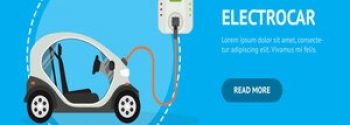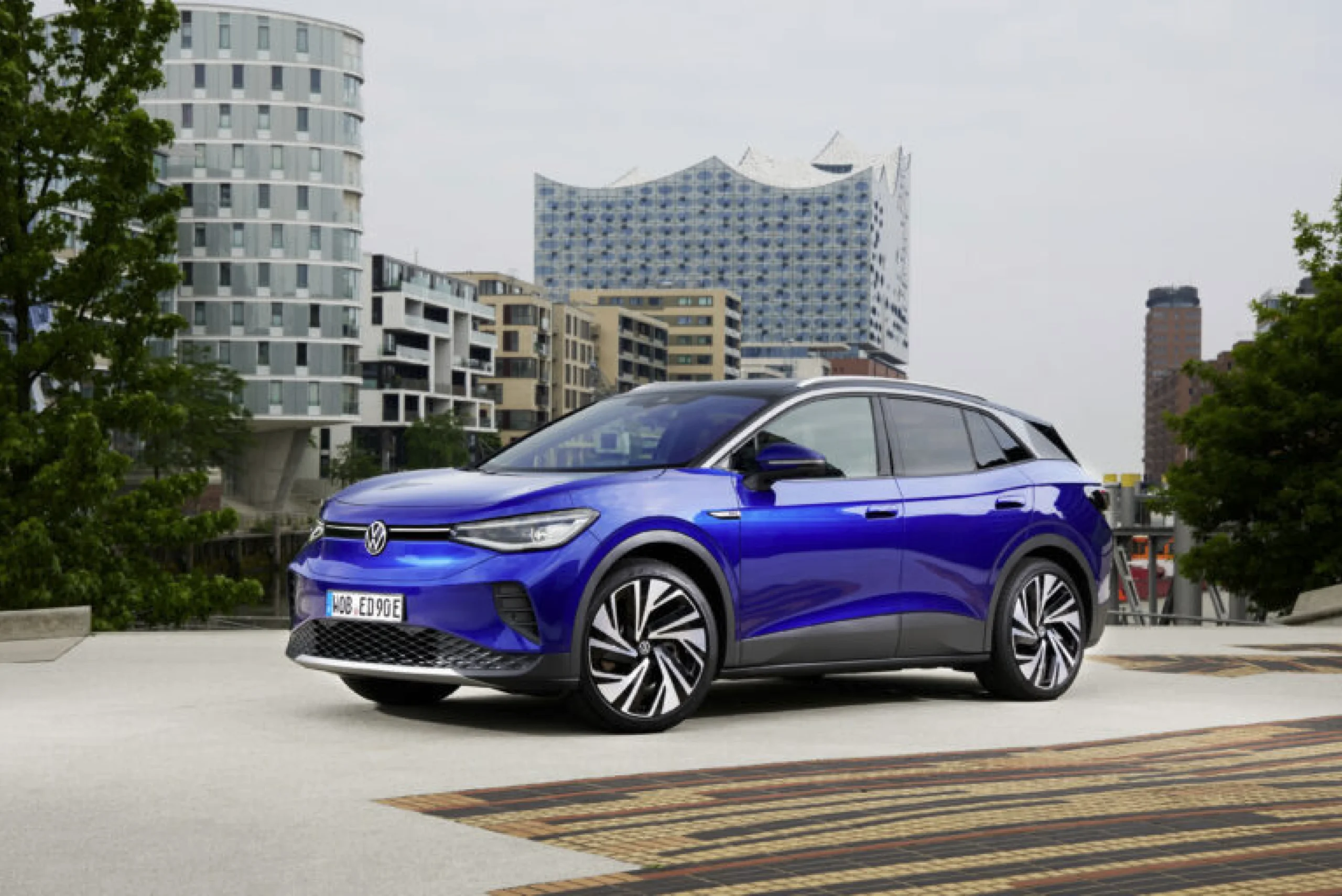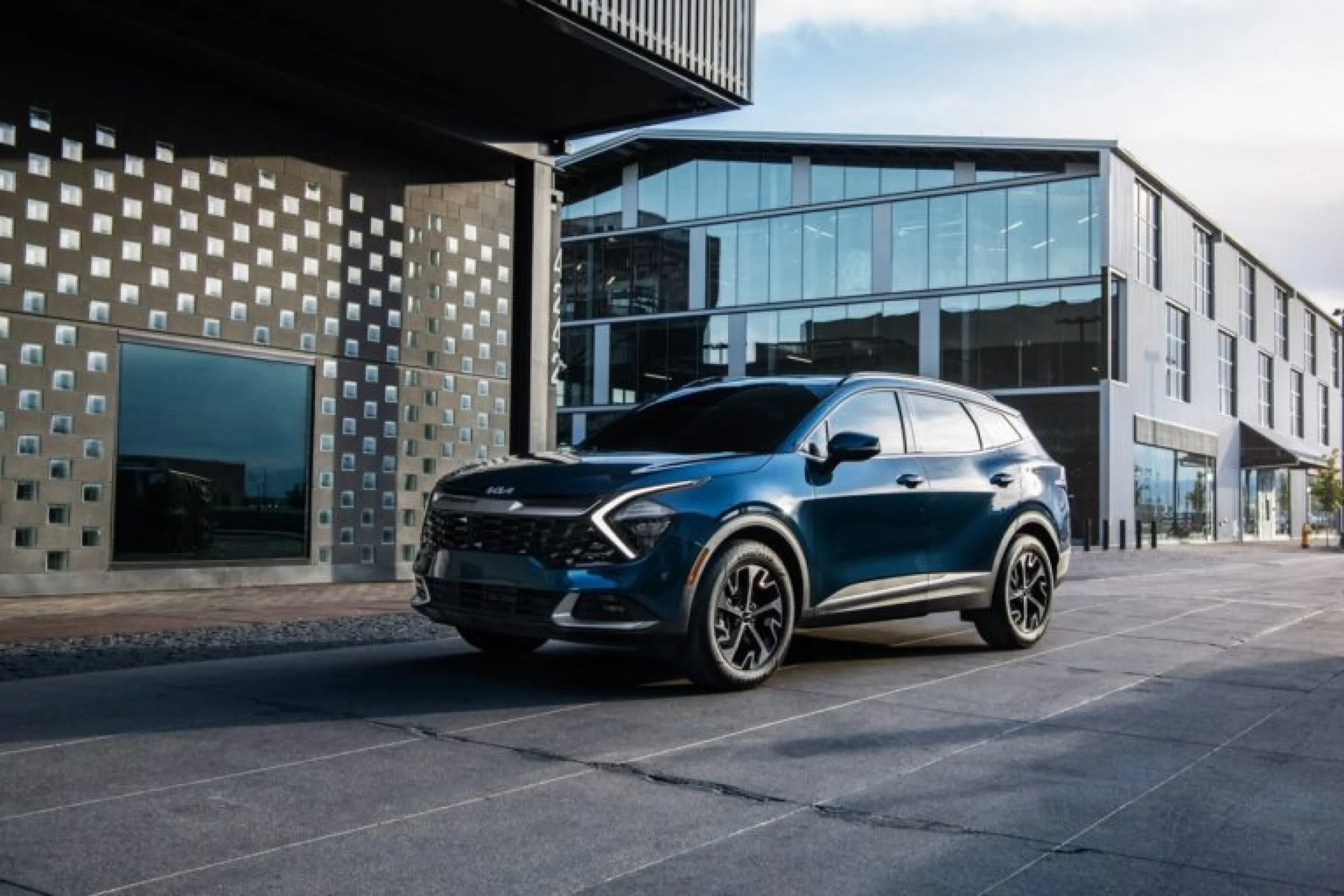
Detroit has long been a leader in the automotive industry. Now, the Motor City is taking a lead in the electric vehicle revolution.
Charging infrastructure remains one of the biggest obstacles to widespread EV use in the U.S. But a quarter-mile stretch of 14th Street in Detroit is wired to charge EVs as they drive, as part of a pilot program to test the system. Using copper inductive charging coils in the road, EVs with receivers can power up their batteries while driving, idling or even parking above the coils.
Michigan’s Department of Transportation has partnered with Electreon, an Israeli-based company, on a five-year agreement to develop the road inductive charging system. Michigan Central, a think tank examining urban transportation issues, and the city are also involved. There are plans for inductive charging on Michigan Avenue as well, with construction expected to start in spring 2025.
“Michigan is an ideal state to host a pilot of this nature,” said Jocelyn Garza, communications specialist with the Michigan Department of Transportation Office of Communications. “Detroit is already known as a leader in the auto industry. This helps us to maintain that title, but it’s also a great opportunity to test new technology and move in a direction where we can outline the criteria for a more widespread network.”
The conditions were right to evaluate the technology in Detroit. “The state of Michigan wants to be a leader in auto technology, and the realization is that the charging infrastructure (for EVs) is inefficient,” said Stefan Tongur, vice president of business development at Electreon.
Such roads could play a significant role in expanding EV usage in the U.S., according to Tongur. “This could be the normative model in how to power EVs.” Charging roads also can charge multiple cars at once. Charging on the go also could lead to smaller batteries, which would mean lighter and cheaper EVs, Tongur noted. “That would be one of the most significant benefits.”
The induction system also has shown that it can withstand wide temperature variations. On a bitterly cold January day, an electric van was still able to receive a charge.
Electreon has already built inductive charging roads in Israel and Sweden, with plans for projects in other countries. In Sweden, a 1 mile stretch of a charging road can accommodate an electric bus and a heavy-duty e-truck. An inductive charging road in Israel is used to charge buses, but it is not their sole source of power.
“The main message is that this is not science fiction,” Tongur said. “It’s here, working, because of a lot of collaboration between public and private groups. That’s how to succeed.”
In Michigan, they are looking forward to the next phase of the project. “It’s a great opportunity to continue leading the charge for vehicle technology and the future of EV’s,” Garza said. “This pilot can help us establish the model needed to continue developing EV technology and inductive charging opportunities.”
AAA’s Recommendation: Whether you own an electric vehicle or a gas-powered car is up to you – and you should consider lots of factors in making that choice. No matter what type of vehicle you’re choosing, we recommend visiting a dealership, test driving one, and asking as many questions as possible to make an informed decision.






















